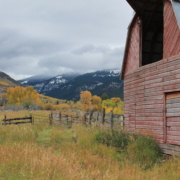Teton Regional Land Trust is excited to announce the closing of the Darby Creek Farm through a conservation easement with the landowner, Boyd Bowles.
The Bowles family has owned this 192 acre property since 1910 and is committed to ensuring the farm remains in agriculture. This marks the 100th conservation project that TRLT has completed in Teton County, Idaho. TRLT would like to thank the Natural Resources Conservation Service (NRCS) and the partners named at the end of this press release for their contributions to the project.
The Darby Creek Farm sits in an incredibly scenic landscape at the mouth of Darby Canyon, which is one of the most popular and cherished destinations for recreationists in Teton Valley. Darby Canyon is an important wintering area for mule deer and a migration route for big game species. The protection of this farm will allow for the continued unimpeded movement of those species and the preservation of scenic views.
Mr. Bowles has owned the land for nearly 40 years since he acquired it from his family. The farm is currently used as irrigated farmland, much as it was at the end of the 19th century. Barley, quinoa, and seed potatoes are the primary crops grown on the farm. Approximately 70% of the Bowles Darby Creek property soils are considered prime farmland soils if irrigated, which are critically important in meeting the nation’s short-term and long-term needs for food and fiber. Conservation of these resources is important to continue the agricultural heritage in Teton Valley, and for providing produce to local and regional markets.
Teton County, Idaho, historically an agricultural community, is experiencing rapid population growth that shows no signs of slowing. Between 2020 and 2025, eastern Idaho’s population will increase by 14%. Agricultural land provides immense value in terms of food security, wildlife migratory routes, and the preservation of scenic views, but it is also among the most sought after land by developers. For many farmers and ranchers, conservation easements provide an alternative to selling their land. By limiting the size and scope of development on the property and conserving the land’s values such as prime soils and scenic open space, landowners can have more financial flexibility while retaining ownership and guaranteeing the land remains viable for agriculture. “It has been my goal not to see houses on this ground,” said Mr. Bowles. “For the past few years, I have been working with the Land Trust to preserve the ground to keep it in agriculture.”
This farm was protected by an agricultural land easement, which protects the agricultural viability and related conservation values of eligible land. This is accomplished by limiting nonagricultural uses which negatively affect those values. Matching funds were delivered through the Regional Conservation Partnership Program – Agricultural Conservation Easement Program – Agricultural Land Easement Program (RCPP-ACEP-ALE).
“We love working with landowners to meet their voluntary conservation goals,” said Curtis Elke, State Conservationist for NRCS in Idaho. “When they take advantage of our easement programs, it is an even bigger win for the landowner and the landscape. In working with Mr. Bowles, together we have ensured that sustainable crop production continues, and wildlife maintains access to the habitat it needs. It’s Idaho at its best.”
Mr. Bowles chose to place his farm into an agricultural conservation easement because it was important to him that the land remains well cared for. For many years, he has leased the farm to Paris Penfold, a neighbor whose family has farmed in Teton Valley for generations as well. Mr. Bowles wants to be certain this farm can continue to be used for agricultural production into the future. He hopes to sell his farm to a local producer, which is only possible due to this conservation easement. After limiting the property’s development rights, Mr. Bowles will be able to sell the property at a price that is affordable to a local farmer, while still receiving what he needs to retire. “It has been my goal to sell the development rights so I can sell the ground at a price a farmer can make a living at,” said Mr. Bowles.
The tradition of caring for this land will also be carried forward by the Land Trust, as it will be stewarded by our staff in perpetuity, ensuring the conservation values protected under the agreement are being upheld. These factors together ensure that this farm will be protected forever.
NRCS provided matching funds through its ACEP-ALE program. Additional support came from the Richard G. Grundler Teton Valley Conservation Fund, the Mithun Family Foundation’s JKL Fund, the estate of Ronald C. Rope, the Heart of the Rockies Initiative’s Keep it Connected program, and the Kendeda Fund.



